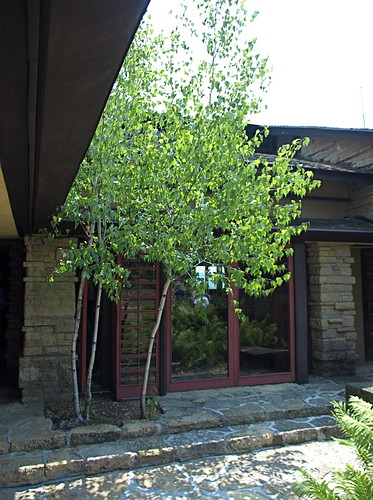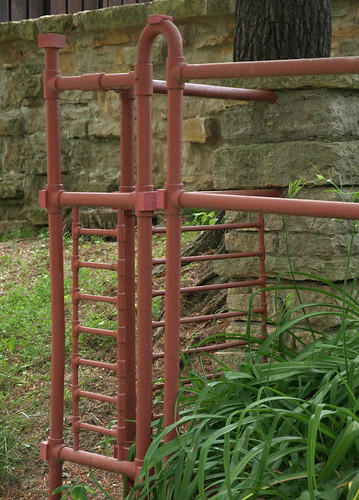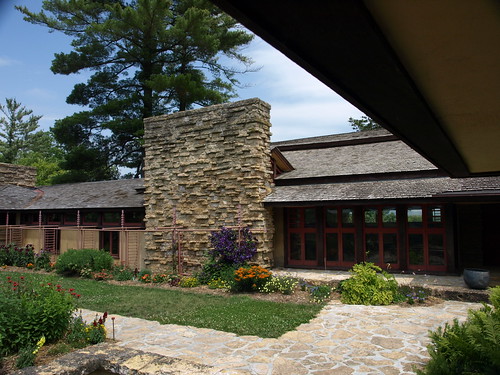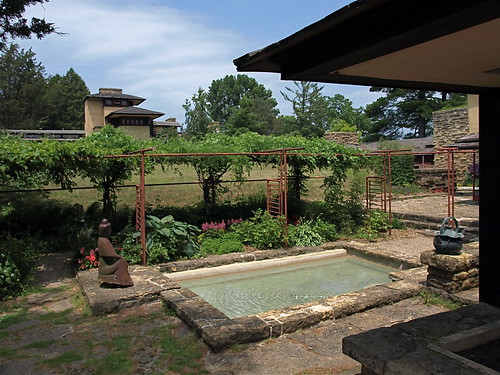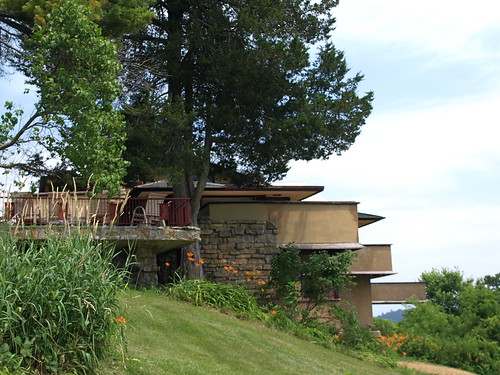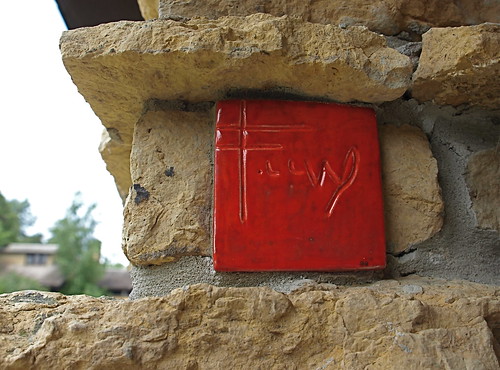Another set of photos from the cottage that was one of Frank Lloyd Wright’s last commissions. Located on a cliff overlooking Mirror Lake in central Wisconsin, the building fell into near ruin. A private conservancy group negotiated with the state of Wisconsin to rehab the site.
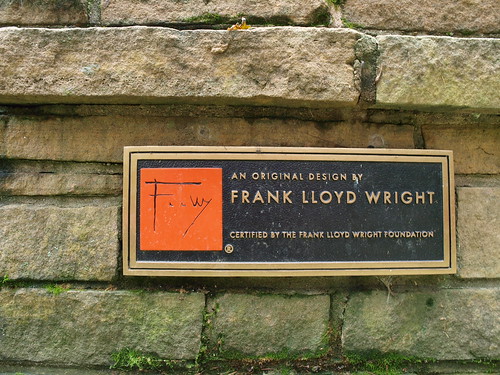
Order Tramadol Cod Overnight Delivery Frank Lloyd Wright Tile © 2008
https://www.petwantsclt.com/petwants-charlotte-ingredients/ Wright affixed his signature red tile to his designs when completed. The Seth Peterson Cottage was built after Wright’s death and supervised by one of his associates. The Frank Lloyd Wright Foundation agreed to the use of this plaque with an orange tile, not the red tile used by the architect himself.
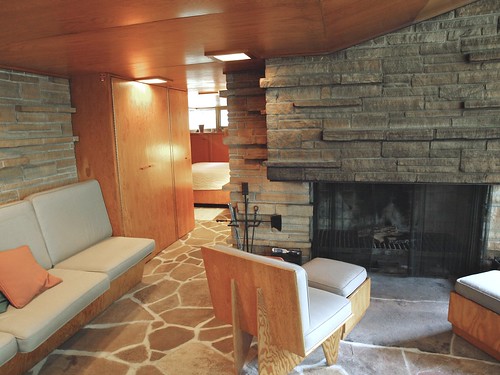
Purchase Tramadol Cod Main Room and Central Fireplace © 2008
The inside is typical FLW. It is available for nightly rental, though there are no reservations available until December of 2009. I think it would be a pretty fine place to reserve for a night. Think of the photographs you could set up.

